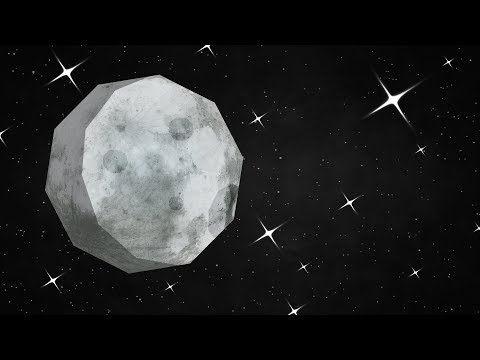The Hunt for Exoplanets: Searching for Habitable Worlds Around Stars
The quest to find exoplanets, or planets outside of our solar system, has captured the imaginations of scientists and space enthusiasts alike. Among the thousands of exoplanets discovered so far, the search for habitable worlds – planets that could potentially support life – has become a top priority for astronomers.
One of the main methods used to detect exoplanets is the transit method. This involves observing a star and looking for periodic dips in its brightness, which could indicate the presence of a planet passing in front of it. By studying these transits, astronomers can determine the size and orbit of the exoplanet, as well as gather clues about its atmosphere and composition.
Another common technique is the radial velocity method, which involves measuring the slight wobble of a star caused by the gravitational pull of an orbiting planet. By analyzing these wobbles, astronomers can infer the presence of an exoplanet and estimate its mass and distance from the star.
In recent years, advancements in technology have allowed astronomers to push the boundaries of exoplanet detection even further. The launch of space telescopes like Kepler and TESS has greatly expanded our ability to search for exoplanets, while ground-based observatories like the Very Large Telescope in Chile have provided valuable data on exoplanet atmospheres and compositions.
One of the most exciting discoveries in the hunt for habitable exoplanets is the TRAPPIST-1 system. Located just 40 light-years away, this system contains seven Earth-sized planets, three of which are located in the star’s habitable zone – the region where temperatures are just right for liquid water to exist. This makes TRAPPIST-1 a prime candidate for further study in the search for potentially habitable worlds.
As technology continues to improve, astronomers are hopeful that they will soon be able to detect even smaller, more Earth-like exoplanets. By studying these worlds, scientists hope to gain insights into the conditions necessary for life to thrive and expand our understanding of the universe.
The hunt for habitable exoplanets is a challenging and exciting endeavor that has the potential to revolutionize our understanding of the cosmos. With each new discovery, we come one step closer to finding a world that may harbor life beyond our own.













